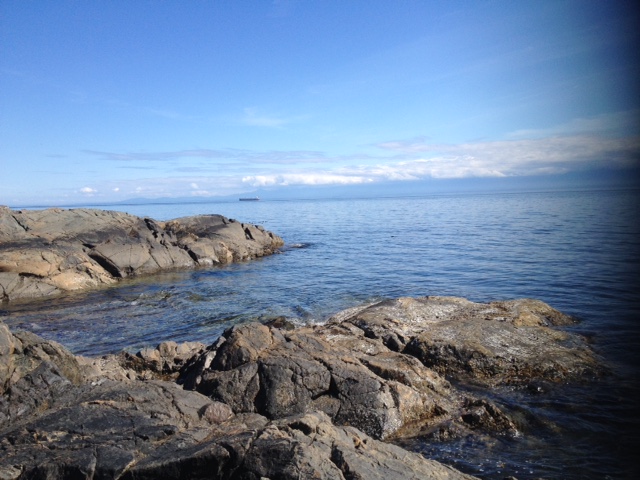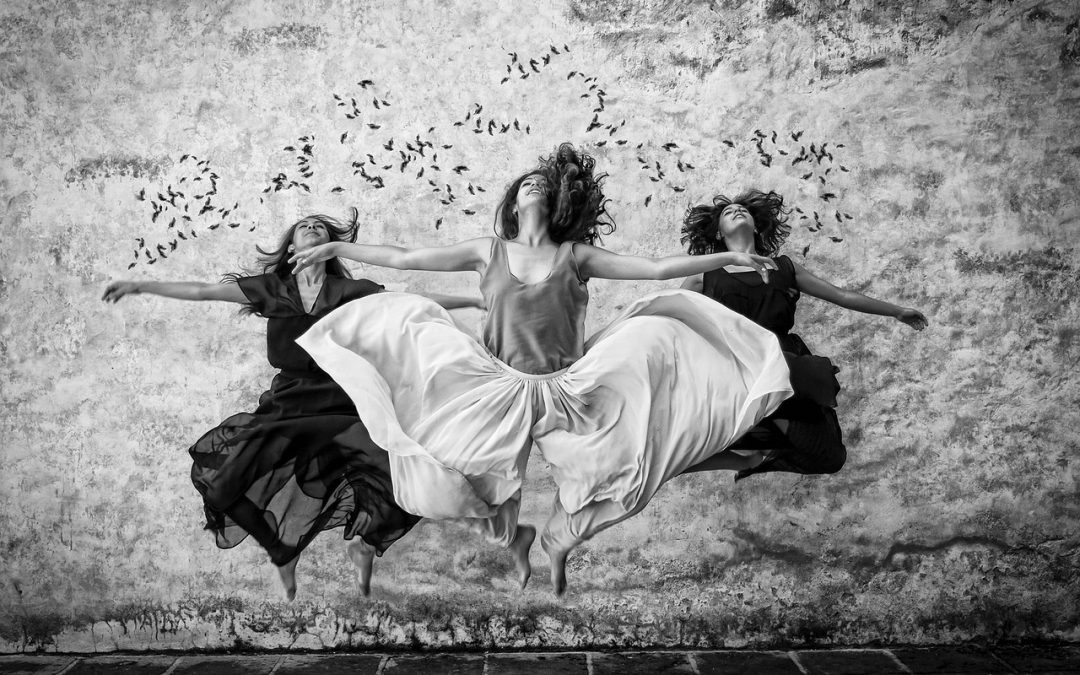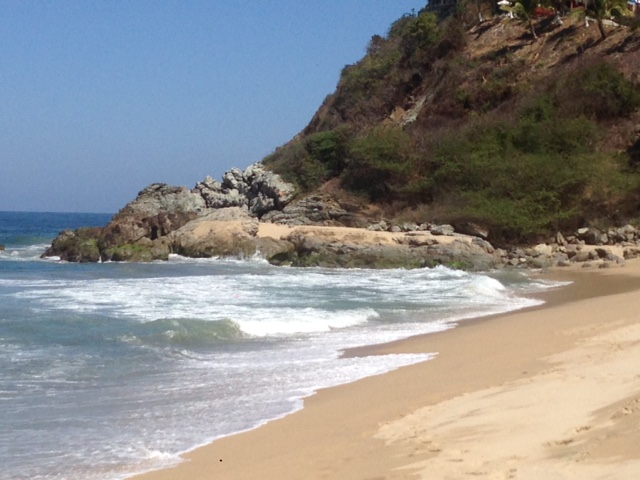
by PT-clc | Sep 6, 2018 | Benefits of being in nature, Creative Living, Dealing with Stress, Health & Wellbeing, High Achieving Women
How do you feel when you return home from a day or weekend of hiking, kayaking, camping, skiing, and being in nature? I feel relaxed, rejuvenated, an inner warmth; grateful for my body to have supported me to hike that challenging trail or to ski those moguls.
While in nature I am in awe of its beauty and at times the amazing stillness. I feel so relaxed and connected with what is around me.
There is more and more research about the benefits of being in nature and the negative impacts of not.
Richard Louv in his book “Last Child in the Woods: Saving Our Children from Nature-Deficit Disorder” (2005) coined the term Nature-Deficit Disorder. He has documented research on the negative impacts of children not spending time in nature including: attention difficulties, diminished use of the senses, obesity, and higher rates of emotional and physical illnesses. Research also suggests that the nature-deficit weakens children’s appreciation of and stewardship of the natural world.
“More recent research shows that the steady stress of urban living changes the brain in ways that can increase our odds of schizophrenia, anxiety and mood disorders [1].”
The positive impacts on health and well-being of spending time in nature have been well documented. Examples include the Japanese practice of “forest bathing” or “forest therapy”. Having set up forest bathing centers in a number of areas throughout Japan and conducting longitudinal studies for several decades, the Japanese have discovered that spending time among trees reduces your heart rate, reduces your blood pressure and increases the number of natural killer cells our bodies produce (i.e. strengthens our immune systems).
South Korea has implemented a National Forest Plan whose goal is “to realize a green welfare state, where the entire nation enjoys well-being”. They speak about “social forestry” and have initiated a number of programs and studies including: walking in hinoki forests, doing guided meditations, and special programs for everyone from cancer patients to prenatal groups, to children with allergies, to a forest healing program for fire fighters with PTSD.
I’m currently reading The Nature Fix by Florence Williams, a journalist who moved with her family from a quiet home in Colorado surrounded by nature to a noisy downtown Washington, DC home on a major flight path. She was so shaken by the negative impact of the move she decided to learn more about nature and its benefits. The book is a fun and interesting read as Florence flies to different countries, takes part in research, speaks to researchers and experiences first-hand a variety of “therapies”.
Given these powerful findings, how can you in your busy and sometimes stressful life incorporate more time in nature? Here are a few suggestions:
- Go for a walk in nature at least three times a week for 15 to 30 minutes ideally in a park where there are trees. You can do this at lunch time if you are close to a park.
- Join a hiking group and go hiking several times a month.
- Go camping with family, friends or a group.
- Find a special place close to where you live (if possible) where you can go that makes you feel relaxed. For me that is on some rocks by the ocean about 15 minutes walk from where I live.
- Take your kids to the park at the end of each work day. Spend 20 to 30 minutes “decompressing” and focusing on having fun and connecting with your children.
- Do mindfulness walking meditations[2] outdoors for 15 to 30 minutes three times a week.
- Do meditations that incorporate nature sounds once a day. I find Deepak and Oprah’s 21-day meditations (available from https://chopracentermeditation.com/) really helpful and do these every morning on awakening.
I’d love to hear how you feel when in nature and what strategies you’ve found helpful to increase your time in nature. Feel free to share this article with others.
[1] Williams, Florence, The Nature Fix – Why Nature Makes Us Happier, Healthier, and More Creative. New York: W.W. Norton, 2017.
[2] A mindfulness walking meditation enables you to get out of your head and into your body. When you walk outside in nature, slowly press one heal and the toes of one foot on the ground followed by the next, being totally present with your movements rather than thinking about all you have to do or reviewing a recent argument with your child or significant other. Focus on all of your senses. Notice the wind on your cheek, the sound of birds chirping, the smell of the salt sea air, see the beautiful vistas that surround you. Notice how you feel while doing the mindfulness walking meditations and after. Over time doing these walking meditations on a regular basis, notice what you notice.

by PT-clc | Apr 10, 2018 | Change, Conscious Living, Dealing with Stress, Managing Change, Women in Business
Our world is characterized by rapid change and uncertainty. With new technologies, scientific advances, and rapid access to information, increasing expectations are being placed on us to do more things, faster and better. At times we feel stressed, overwhelmed and struggle with the inevitable fear, anxiety and doubt change brings up. I believe that we all have a choice to consciously embrace change rather than to unconsciously react to it.
Why do we fear change?
We are hard-wired to react to change; to protect ourselves and stay safe. Our primitive brains unconsciously “turn on” when we are in a situation that is different; we prefer sameness. Our amygdala (part of the brain) is constantly scanning our environment and when it senses a threat, it sends messages to our bodies to go into fight, flight or freeze. We all have seen friends or colleagues become angry or “edgy” when a change is imposed on them (e.g. new management, downsize, separation or divorce). We’ve also observed others or ourselves going into paralysis, and unable to make a decision. You may find when you are forced into changing something in your life, you typically want to run away from it or “hide your head in the sand”. We all have different ways we react to change.
There is strong evidence to show that we can choose how we respond to change. By consciously changing our beliefs and perceptions we have about change, we can physiologically change the structure of our brain (e.g. create new neural pathways). Dr. Norman Doidge’s amazing work on neuroplasticity described in The Brain that Changes Itself provides strong supportive evidence. Dr. Bruce Lipton in The Biology of Belief, shares powerful scientific evidence to show that all the cells in our body are affected by our thoughts.
How can we reduce our fear of change?
We can:
- Understand how and why we respond to change
- Become aware of our beliefs about change
- Try on some new beliefs around change
- Learn a proven model and tools to help us reduce resistance, and embrace and successfully navigate any change
- Commit to integrating new change strategies into our lives.
The more you understand change and the more self aware you are about how and why you respond to it, the more easily you can embrace and move through it.
So where can you start?
The 5-step Art of Change Framework I’ve developed based on more than 25 years of living, consulting and coaching on 5 continents, is a practical and accessible process. This framework is a proven model for embracing change whether it involves getting unstuck and moving forward when change is imposed on you, or whether you choose to initiate a change in your beliefs, attitudes and/or behaviors.
The Art of Change Framework is based on the belief that embracing change is a creative process that opens us up to new possibilities. Think of the times in your life when change was thrust upon you; e.g. you were laid off; or when a boyfriend/girlfriend broke up with you. At that time, you may have felt caught off guard, angry, fearful and uncertain about the future. On reflection, these changes opened you up to a new and better relationship or a position more aligned with your values and passions.
Embracing change enables you to let go of patterns that are no longer serving you and to move forward with confidence, clarity, improved health, happiness, fulfillment, and inner peace. For examples of this see: https://pamela-thompson.com/let-go-fly-free/.
The Art of Change Framework is a 5-step process for embracing change that uses the metaphor of life as a dance. The steps are:
- Shine the Light – Explore how you respond to change and why
- Choose Your Dance – Identify the transition you want to work on and where you are on your transition journey
- Feel the Rhythm and Learn the Steps – Commit to embracing change in your body rather than resisting it, and begin doing the work associated with the phase of the transition journey you are in
- Practice, Practice, Practice! – Do the work that includes letting go, identifying lessons learned, envisioning the work, relationship or life of your dreams, taking action, and viewing change as a creative process that opens you up to new possibilities
- Consciously Share Your Dance with the World – Observe the positive changes in yourself, how others respond to you, and the positive impact you have on your family, friends, communities and workplaces.
If you’re interested in “diving deeper” into the Art of Change Framework, I encourage you to join me and a group of like-minded women for a fun and interactive one-day workshop “Embrace the Art of Change: From Fear to Freedom” on April 27th in beautiful Victoria, BC. To learn more and to register:
https://www.eventbrite.com/e/embrace-the-art-of-change-from-fear-to-freedom-tickets-44230204733

by PT-clc | Mar 14, 2018 | Benefits of being in nature, Dealing with Stress, Self-Care
I just returned from three relaxing and fun weeks vacation in Mexico. We spent two of those weeks in a magical fishing village, which made me reflect on and appreciate the power of place.
Have you ever visited a place and felt like you were “home”? Whenever I enter this pueblo, any stress I have instantly drops away. I feel relaxed, playful, open to possibility, “in the flow”. There is also a special sense of community in this town where locals and foreigners live peacefully together.
Some years ago, a woman from California started a children’s art and music festival that is still held every year in March. Over time, though her hard work and dedication, she gathered human and material resources and now the festival has grown to include a bricks and mortar community center with a library, computer room, recycling depot, coffee shop and a small retail space. It is a place that offers courses for girls and boys, women and men on everything from entrepreneurship, to environmental education, to sustainable development, The center has a truly welcoming atmosphere and is aptly called Entre Amigos (among friends). People who visit from largely Canada and the US often volunteer time to contribute to projects and help with fundraising.
A sponsorship program has been developed whereby Canadians and Americans (many of whom live there 6 months a year) sponsor promising local Mexican high school students to attend college and university.
Last year we attended a fundraiser for the local hospital where many talented local children performed music, dancing, gymnastics … . It was an animated community event. Every year there is a well-organized music festival in the local plaza (square) with amazing performers from around Mexico and a few from other countries.
What keeps my partner and I coming back to this magical place? It’s a combination of the welcoming and supportive atmosphere, the natural beauty, the strong sense of community and the positive bonds and caring evident among the locals and those who visit for periods of time. It’s also a community where I feel I can contribute and make some sort of positive difference. Plus I get to speak Spanish, and for some reason I have a natural affinity for Latin culture.
I have also experienced the power of place closer to home. When I’m feeling stressed and want to ground and unwind, there is a place by the ocean about 10 minutes from our home that I walk to. When I lay on the rocks and feel the sun on my body, any tension drops away and is absorbed by the rocks. I feel so grateful to live so close to this place of natural beauty.
Have you experienced the power of place? I’d love to hear your experiences and see descriptions of your magical places. Feel free to share those below and to forward this post to others. I also encourage you if you haven’t already, to find a place close to where you live that you can go to relax, reconnect and let your stress melt away.


